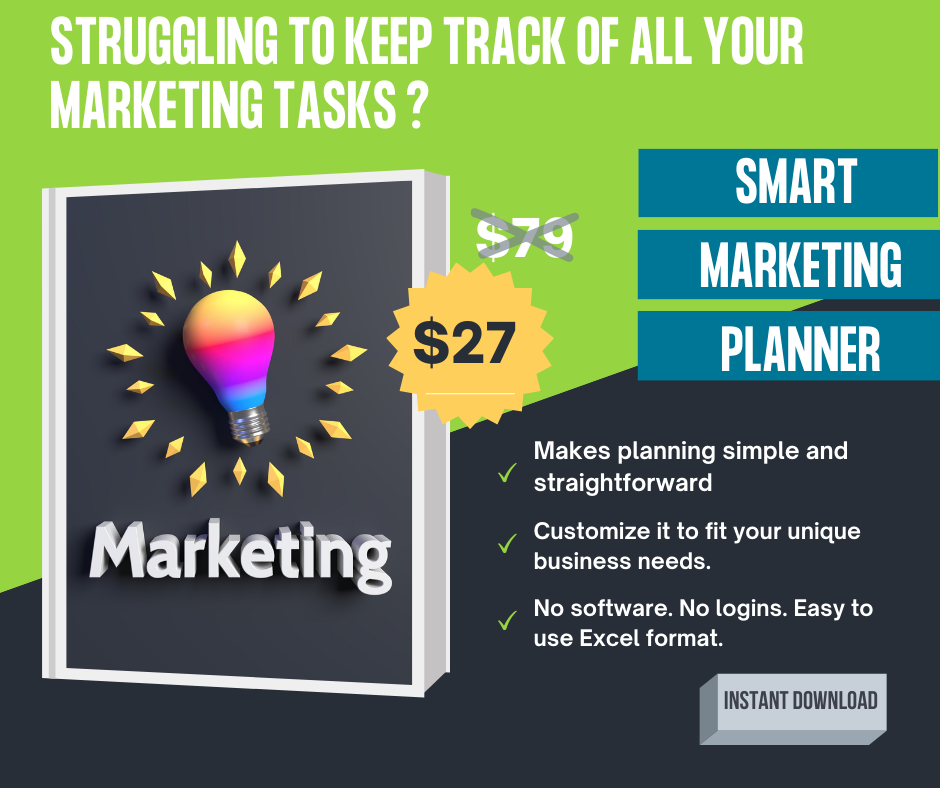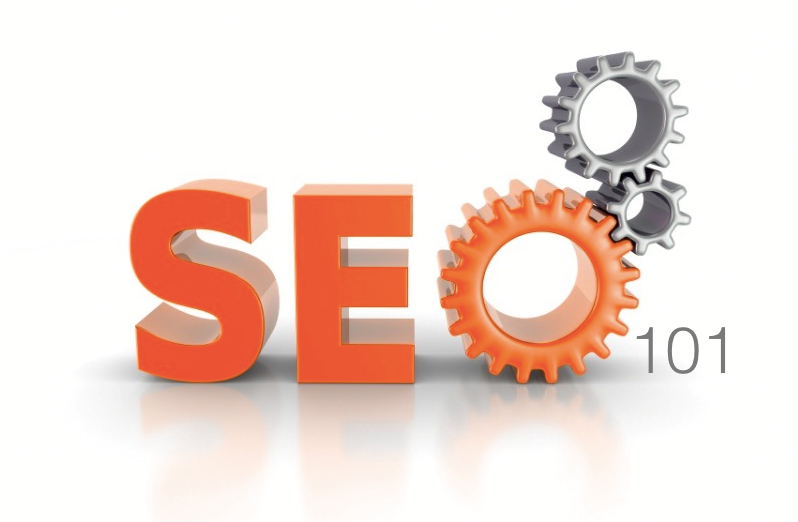Marketing planning seems complicated and abstract, but it’s actually deceptively simple. Follow these 4 steps to make it easy!
1. Start by identifying your target market: Who is your ideal customer? What kind of person do they tend to be? What are their needs and desires – both in general and as they relate to the product or service that you offer?
2. Next, create a list of the different ways that you can reach your target market – where do they spend most of their time online and offline? What channels are they likely to respond best to? This might include ads on Facebook or Google, PR outreach to industry publications, and email marketing campaigns.
3. Once you’ve identified your target market and the channels you’ll use to reach them, it’s time to start thinking about your message. What are the key points that you want to communicate? How can you make sure that your message is relevant and engaging for your target audience?
4. Finally, put together a plan for how you’ll execute your marketing campaign. When will you launch each element of your campaign? How will you measure its success?
By following these steps, you can create a marketing plan that is both effective and easy to execute. So what are you waiting for? Get started today! And to give you a great start – check out the Smart Marketing Planner




